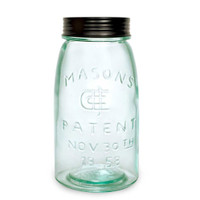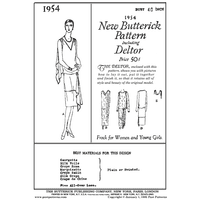 Loading... Please wait...
Loading... Please wait...Categories
Add to Wish List
New Products
- Home
- Historic Patterns
- By Era
- Renaissance & Elizabethan
- Women's
- Women's Italian Renaissance Gowns
Product Description
c. 1470-1505 A.D.
Provides patterns for 7 gowns & 1 tabard (sizes 8-18). Two have split skirts. underskirts, and stomachers, to fake an underdress. The underskirts and stomachers can be left off, replaced by a real underdress. Four of the gown patterns have sleeves that tie on. This pattern goes well with MM090, MM092 and MM093.
The Renaissance of the 15th and 16th centuries began in politically splintered Italy. The age was humanistic, like the people themselves; the clothing was individualistic, competitive, even playful. While there were broad similarities, regional variations were the norm.
Fashion for woman changed radically after 1460. Evolving from the houpelande (MM026), the bodice was cut separately from the skirt, above the natural waist, and became tight fitting. Skirts could be gathered or pleated or neither. They were often split in front to show the skirt of a sleeveless underdress, which could also show under a V-neck. The chemise (MM090), decorated or not, also often showed at the neck. The sleeves could be slashed to show the chemise sleeve , and were often laced or tied to the bodice, rather than sewn on. This allowed different sets of sleeves to be worn with one gown. A sleeveless tabard was occasionally worn over the gown.










